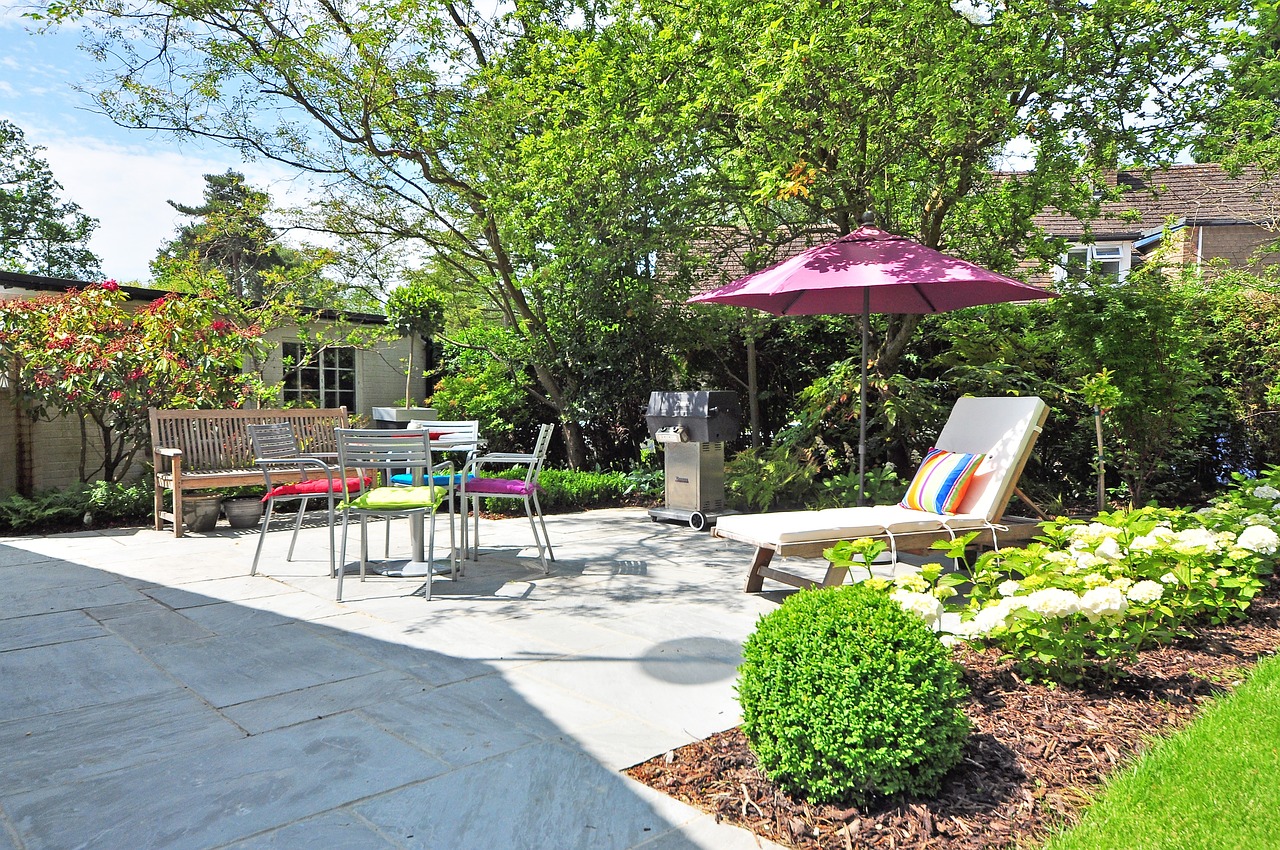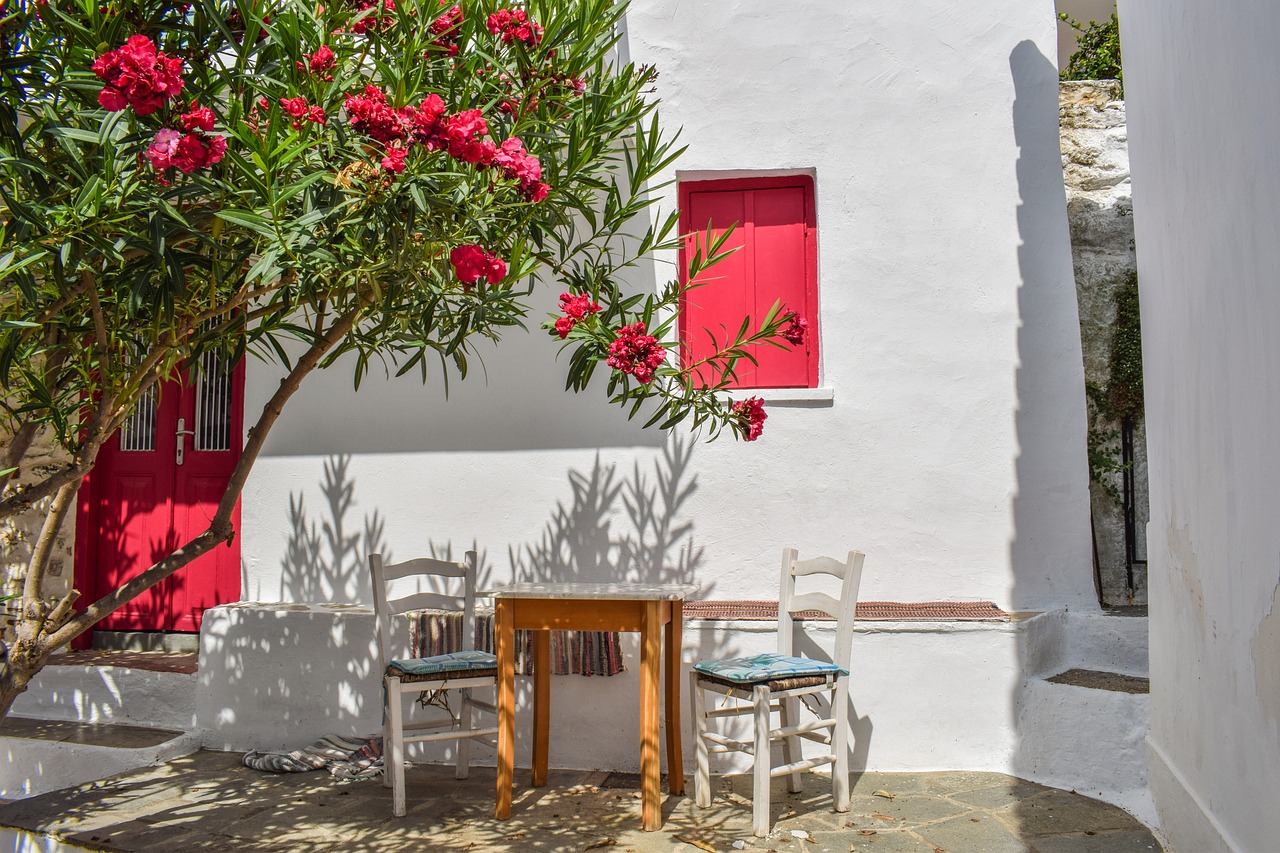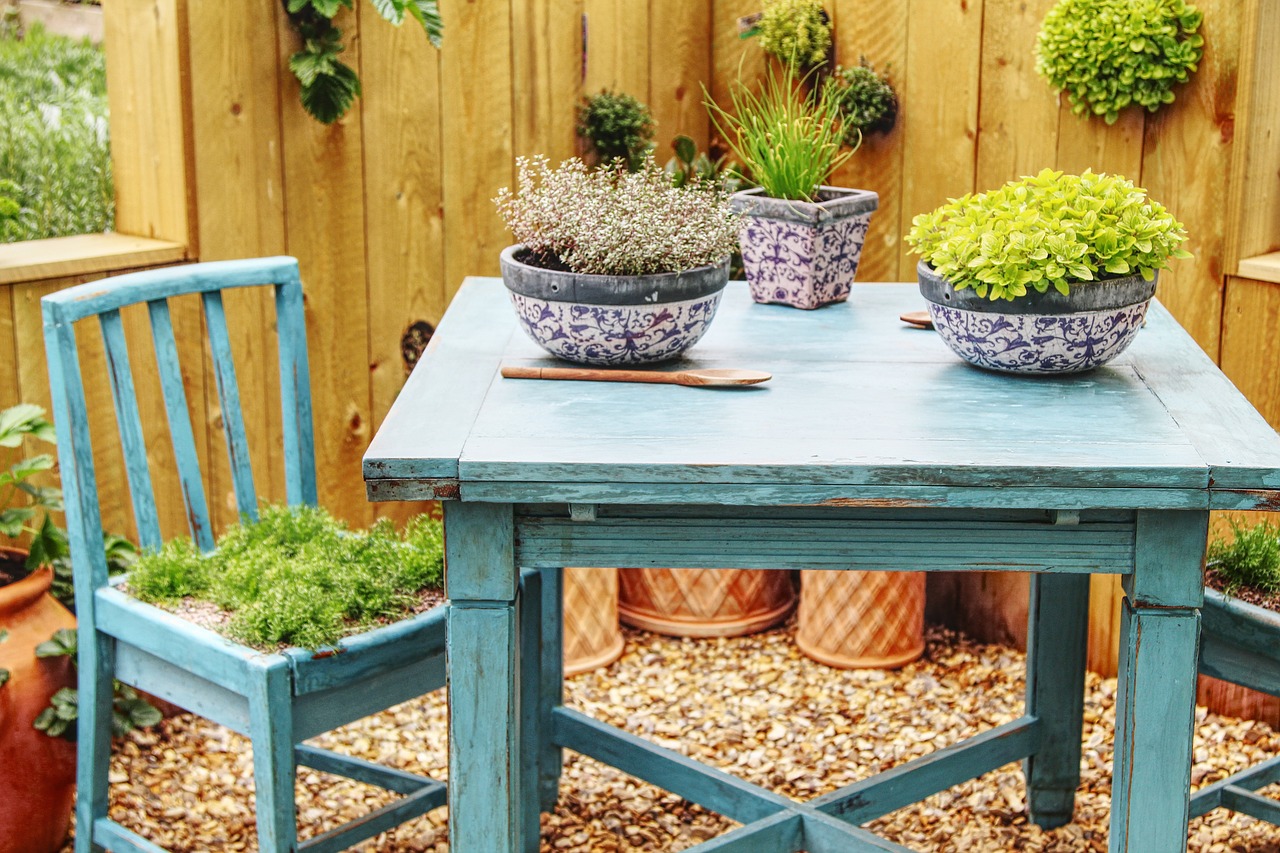Transforming Small Yards: Big Ideas for Tiny Spaces

Effective planning is the cornerstone of maximizing the potential of a small yard. By carefully considering every inch of available space, you can create a functional and aesthetically pleasing outdoor area that feels much larger than its actual dimensions. The key to success lies in thoughtful design choices and creative solutions that make the most of limited square footage.
Assessing Your Space
Before diving into any design project, it’s crucial to thoroughly evaluate your yard’s dimensions and features:
- Sunlight Exposure: Observe how sunlight moves across your yard throughout the day.
- Soil Quality: Test the soil to determine its composition and pH levels.
- Existing Structures: Take note of fences, walls, or other permanent features.
- Drainage Patterns: Identify areas where water tends to pool or flow.
- Microclimates: Recognize warmer or cooler spots within your yard.
Understanding these factors will help you make informed decisions about plant selection, furniture placement, and overall design strategy.
Defining Your Yard’s Purpose
Determining the primary use of your yard is essential for creating a space that meets your needs and lifestyle:
| Purpose | Suitable Features |
|---|---|
| Relaxation | Comfortable seating, shade structures, soothing water features |
| Gardening | Raised beds, vertical planters, composting area |
| Entertaining | Dining set, barbecue area, mood lighting |
| Children’s Play | Safe play equipment, soft ground cover, storage for toys |
| Pet-Friendly | Durable surfaces, designated potty area, pet-safe plants |
By focusing on your yard’s main purpose, you can prioritize features that align with your goals and avoid cluttering the space with unnecessary elements.
Smart Landscaping Techniques
Clever landscaping can create the illusion of a larger space while maximizing functionality. By employing smart design techniques, you can transform even the tiniest yard into a lush, inviting oasis that feels spacious and well-organized.
Vertical Gardening
Vertical gardening is a game-changer for small yards, allowing you to grow a variety of plants without consuming valuable ground space. This technique not only adds visual interest but also helps to soften hard surfaces and create a sense of privacy.
Best plants for vertical gardens:
- Succulents (e.g., Sedum, Echeveria)
- Herbs (e.g., Basil, Thyme, Mint)
- Ferns (e.g., Boston Fern, Maidenhair Fern)
- Trailing vines (e.g., Pothos, English Ivy)
- Air plants (Tillandsia species)
Vertical gardening systems can range from simple wall-mounted planters to elaborate living walls, depending on your space and budget.
Layered Planting
Layered planting creates depth and visual interest in a small yard by utilizing different heights and textures. This technique helps to maximize the use of space while creating a lush, garden-like atmosphere.
| Layer | Plant Type | Examples |
|---|---|---|
| Ground Cover | Low-growing plants | Creeping Thyme, Sedum, Irish Moss |
| Mid-Height | Shrubs and perennials | Lavender, Boxwood, Daylilies |
| Tall Plants | Trees and large shrubs | Japanese Maple, Dwarf Fruit Trees, Ornamental Grasses |
By carefully selecting plants for each layer, you can create a harmonious and visually appealing landscape that feels much larger than its actual size.
Multi-Functional Furniture and Decor

In a small yard, every piece of furniture and decor should serve a purpose, and ideally more than one. Multi-functional elements are essential for maximizing space efficiency while maintaining style and comfort. By choosing versatile pieces, you can create a flexible outdoor living area that adapts to various needs and occasions.
Convertible Furniture
Convertible furniture pieces are invaluable in small yards, offering flexibility and saving space:
- Folding tables and chairs: Easy to store when not in use
- Bench-to-table transformers: Serve as seating or dining surface
- Nesting side tables: Compact when stored, expandable when needed
- Modular seating: Rearrangeable for different configurations
- Extendable dining tables: Accommodate varying group sizes
These versatile pieces allow you to quickly adapt your space for different activities, from quiet relaxation to lively gatherings.
Storage Solutions
Innovative storage is crucial for keeping a small yard organized and clutter-free:
| Storage Solution | Benefits |
|---|---|
| Bench with built-in storage | Provides seating and concealed storage |
| Vertical shelving units | Utilizes wall space for plants and decor |
| Deck boxes | Weather-resistant storage for cushions and tools |
| Hanging organizers | Keeps gardening tools accessible and organized |
| Under-deck storage | Maximizes use of often overlooked space |
By incorporating these storage solutions, you can maintain a tidy and functional outdoor space while keeping essential items close at hand.
Creating Outdoor Living Areas
Designing outdoor living areas that feel like an extension of your indoor space is key to making the most of a small yard. By carefully planning these areas, you can create cozy and functional spaces that encourage outdoor living and entertaining.
Outdoor Dining Spaces
Setting up a dining area in a small yard can transform it into an al fresco entertainment zone. Essential elements include:
- Compact dining set: Choose a table and chairs that fit comfortably in your space
- Foldable or stackable seating: Allows for easy storage when not in use
- Umbrella or shade sail: Provides protection from sun and light rain
- Outdoor rug: Defines the dining area and adds comfort underfoot
- Ambient lighting: Creates a welcoming atmosphere for evening meals
Consider a wall-mounted folding table or a bistro set for extremely tight spaces, allowing you to enjoy outdoor meals without permanently dedicating space to dining furniture.
Relaxation Zones
A well-designed relaxation zone can serve as a peaceful retreat in your small yard:
| Element | Purpose |
|---|---|
| Comfortable seating | Provides a cozy spot for lounging |
| Shade structure | Offers protection from sun and creates a sense of enclosure |
| Water feature | Adds soothing sounds and visual interest |
| Soft lighting | Creates a calming ambiance for evening relaxation |
| Greenery | Enhances the natural, peaceful atmosphere |
Incorporate elements like a hammock, outdoor poufs, or a hanging chair to maximize comfort without taking up too much ground space.
Utilizing Lighting Effectively

Strategic lighting can dramatically transform a small yard, creating ambiance, extending usable hours, and even making the space appear larger. Well-planned lighting enhances both the functionality and aesthetic appeal of your outdoor area.
Ambient and Task Lighting
Combining ambient and task lighting creates a balanced and versatile outdoor lighting scheme:
- String lights: Create a magical overhead canopy
- Solar path lights: Illuminate walkways and borders
- LED strip lights: Highlight steps or edges for safety
- Lanterns: Provide portable, adjustable lighting
- Wall sconces: Offer focused light for specific areas
Layering these different types of lighting allows you to adjust the atmosphere of your yard for various activities and times of day.
Highlighting Key Features
Use lighting to draw attention to focal points in your yard, creating depth and interest:
| Feature | Lighting Technique |
|---|---|
| Specimen plants | Uplighting to showcase interesting shapes |
| Water features | Submersible lights for a glowing effect |
| Textured walls | Grazing light to emphasize texture |
| Artwork | Accent lighting to create drama |
| Seating areas | Soft downlighting for a cozy atmosphere |
By strategically illuminating key elements, you can create visual intrigue and make your small yard feel more expansive at night.
Incorporating Water Features
Water features add a touch of tranquility and visual interest to small yards, creating a focal point and enhancing the overall ambiance. Even in limited spaces, the sound and sight of water can significantly improve the outdoor experience.
Compact Water Features
Several types of small-scale water features are suitable for tiny yards:
- Wall fountains: Vertical design saves ground space
- Tabletop fountains: Portable and easy to maintain
- Bubble rocks: Combine natural stone with water movement
- Mini ponds: Create a small ecosystem in a container
- Water walls: Serve as both water feature and privacy screen
These compact options allow you to enjoy the benefits of a water feature without overwhelming your limited space.
Maintenance Tips
Proper maintenance keeps your water feature looking and functioning its best:
| Task | Frequency | Tips |
|---|---|---|
| Clean filters | Weekly | Rinse thoroughly to remove debris |
| Check water levels | Bi-weekly | Top up as needed, especially in hot weather |
| Clean algae | Monthly | Use a mild algaecide or natural treatments |
| Inspect pumps | Seasonally | Clean and replace parts as necessary |
| Winterize | Annually | Drain and cover or bring indoors in cold climates |
Regular maintenance ensures your water feature remains a beautiful and relaxing element in your small yard.
Conclusion
Transforming a small yard into a functional and beautiful space is achievable with thoughtful planning and creative design strategies. By implementing these ideas, you can create an outdoor oasis that feels spacious and inviting, regardless of its actual size:
- Maximize vertical space with clever gardening techniques
- Choose multi-functional furniture to increase flexibility
- Create defined areas for dining and relaxation
- Use smart lighting to enhance ambiance and functionality
- Incorporate compact water features for a touch of tranquility
Remember, the key to success lies in careful planning, smart use of space, and selecting elements that serve multiple purposes. With these strategies, your small yard can become a cherished extension of your home, offering a personal retreat and a space for entertaining that belies its modest dimensions.
